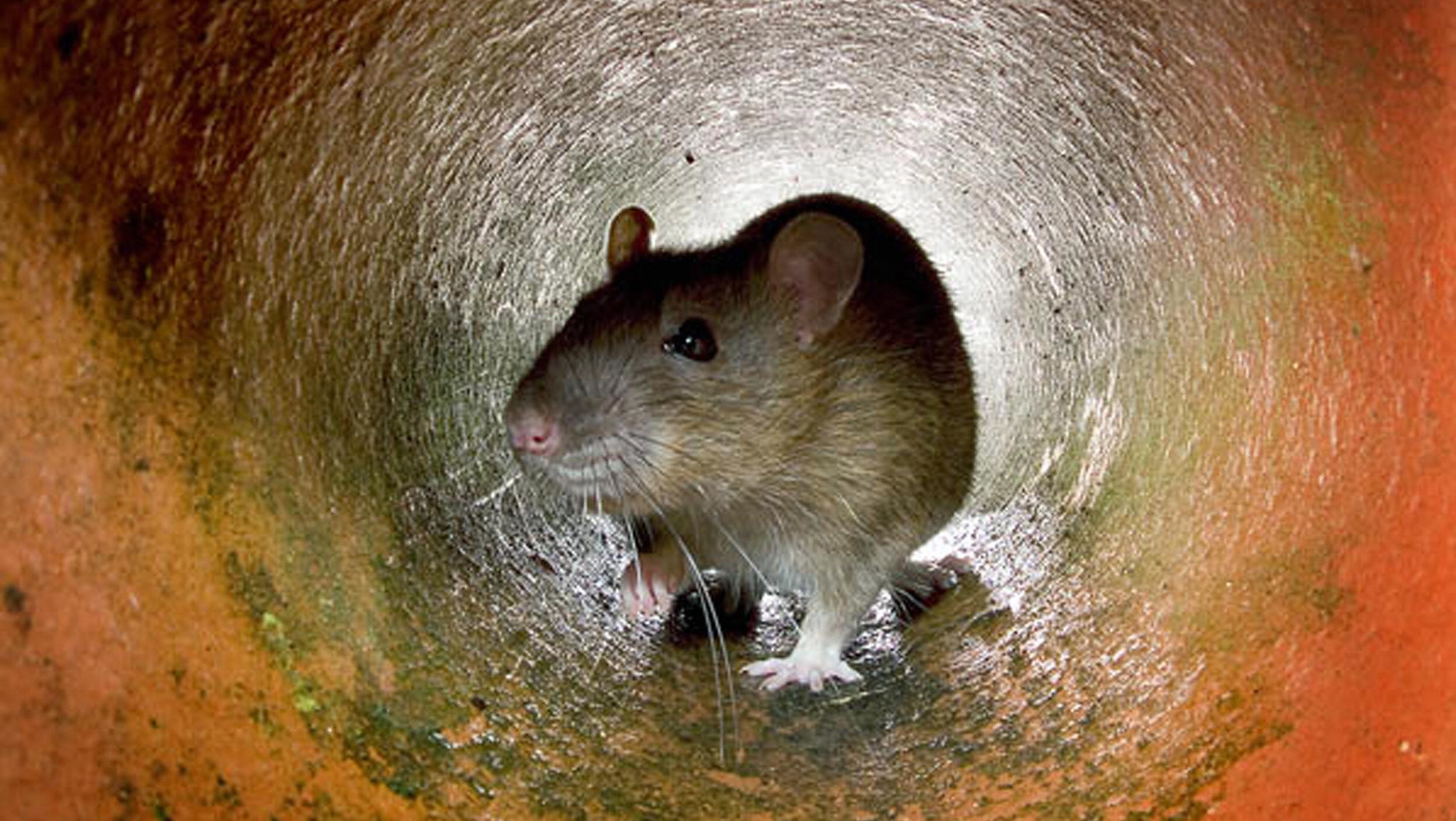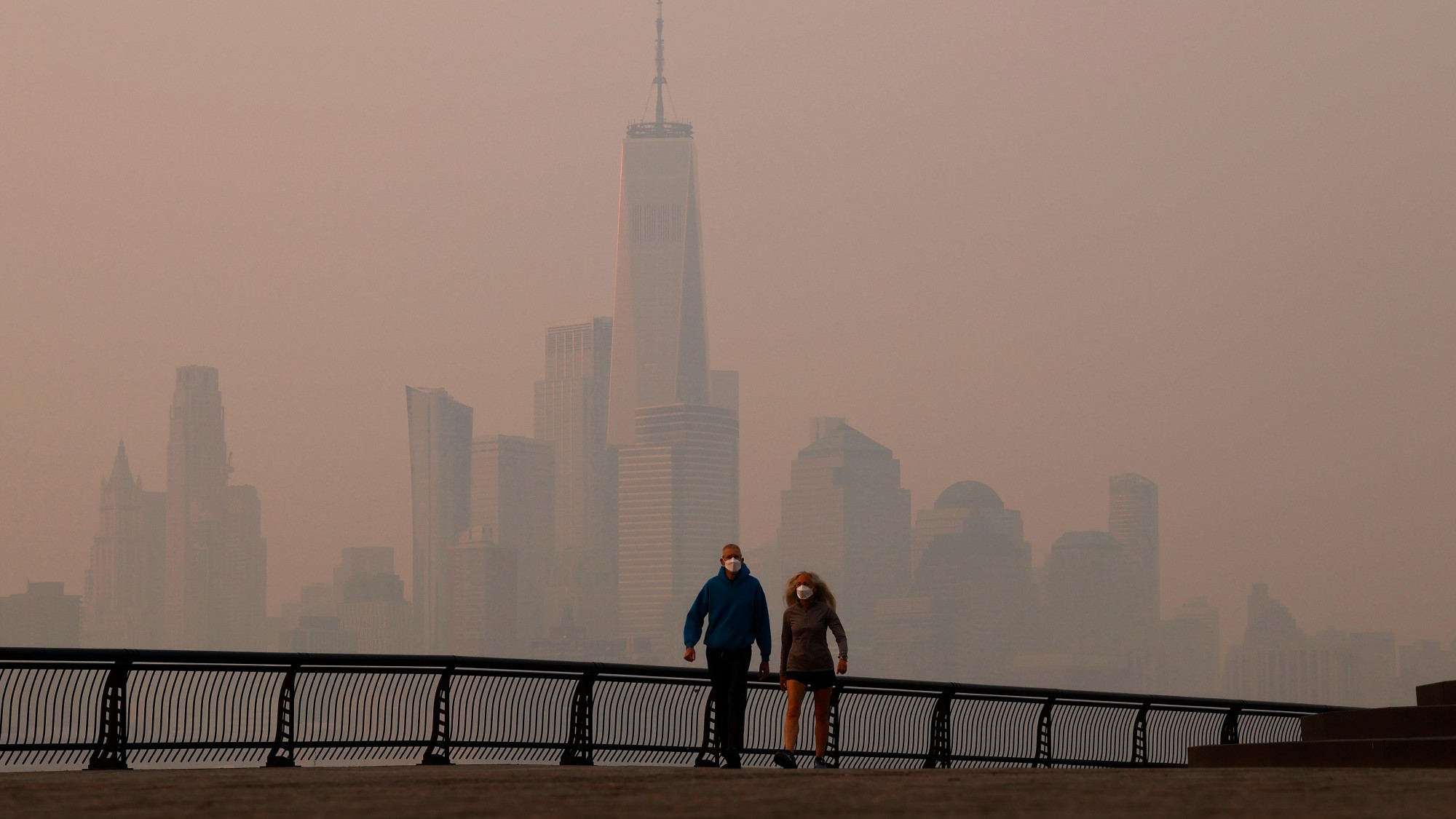Britain's giant rat problem
Rising infestation reports and increased sightings of oversized rats have caused concerns about waste management in some areas

New data has revealed that Britain is experiencing a significant rat problem, with more than half a million infestations reported in the past two years.
Analysis of Freedom of Information data by Drain Detectives showed there were 518,240 reports to councils of rat infestations across the country between 2023 and 2025, with just under 23% of that figure concentrated in London alone.
The analysis lacks data from previous years for comparison, but it does reveal the extent of the issue and comes among reports of sightings of abnormally large rats, including a 22-inch specimen reportedly captured in Normanby, North Yorkshire, thought to be the biggest spotted in the UK.
The Week
Escape your echo chamber. Get the facts behind the news, plus analysis from multiple perspectives.

Sign up for The Week's Free Newsletters
From our morning news briefing to a weekly Good News Newsletter, get the best of The Week delivered directly to your inbox.
From our morning news briefing to a weekly Good News Newsletter, get the best of The Week delivered directly to your inbox.
What's driving the increase?
The rodents thrive in areas where they can easily access food and hide from plain sight. Poor waste management, including fly tipping and food scraps from restaurants and takeaways, is a common reason for increased infestation, while the warmer weather (including milder winters) is allowing rats to thrive in urban areas.
Usually rats range in length from six to 12 inches, but when food and water are easily accessible, they can grow even larger.
Overflows of rubbish left in the streets in Birmingham during the bin strikes have sparked a series of oversized rat sightings due to the free access rats have had to masses of poorly disposed waste.
What danger do they pose?
The primary danger rats pose to people is disease. They can carry a number of diseases harmful and even deadly to humans, including leptospirosis, hantavirus, and salmonella. Contact with the rodent isn't necessary for infection, which is likely spread via a rat's droppings and urine, and by contamination of food around a house or business.
A free daily email with the biggest news stories of the day – and the best features from TheWeek.com
Rats can also cause serious damage to buildings, including the plumbing, through which they are most likely to enter properties, as well as chewing through electrical wiring and insulation.
However, rats are more "vilified" in this respect than other animals, despite the fact mice can carry similar diseases and squirrels "can do much more damage to our homes", said The Spectator.
What can be done to stop infestations?
There is no nationwide government programme to address rat infestations; instead, it is down to local councils to manage pest control services. But many no longer have dedicated departments", which means "private operators are stretched thin" and the "public is left footing the bill", said experienced rat catcher David Parnell in The Independent.
Prevention is the best solution; however, more awareness of how to stop rats multiplying in the first place is key to stopping infestations. Proper disposal of waste in sealed containers, maintaining tidy gardens, and secure storage of food are key for the general public in dealing with root causes.
But the onus also lies with water companies to fix defective drainage systems, which can become easy access points for rats to reach homes in large numbers.
Richard Windsor is a freelance writer for The Week Digital. He began his journalism career writing about politics and sport while studying at the University of Southampton. He then worked across various football publications before specialising in cycling for almost nine years, covering major races including the Tour de France and interviewing some of the sport’s top riders. He led Cycling Weekly’s digital platforms as editor for seven of those years, helping to transform the publication into the UK’s largest cycling website. He now works as a freelance writer, editor and consultant.
-
 ‘What a corrective to such nonsense’
‘What a corrective to such nonsense’Instant Opinion Opinion, comment and editorials of the day
-
 TikTok secures deal to remain in US
TikTok secures deal to remain in USSpeed Read ByteDance will form a US version of the popular video-sharing platform
-
 Trump HHS moves to end care for trans youth
Trump HHS moves to end care for trans youthSpeed Read The administration is making sweeping proposals that would eliminate gender-affirming care for Americans under age 18
-
 Canada fires trigger air quality alerts in upper US
Canada fires trigger air quality alerts in upper USSpeed Read Smoke from the wildfires has threatened air quality across Minnesota, Wisconsin and more
-
 How air pollution affects the brain
How air pollution affects the brainThe Explainer Breathing fresh air is becoming more rare